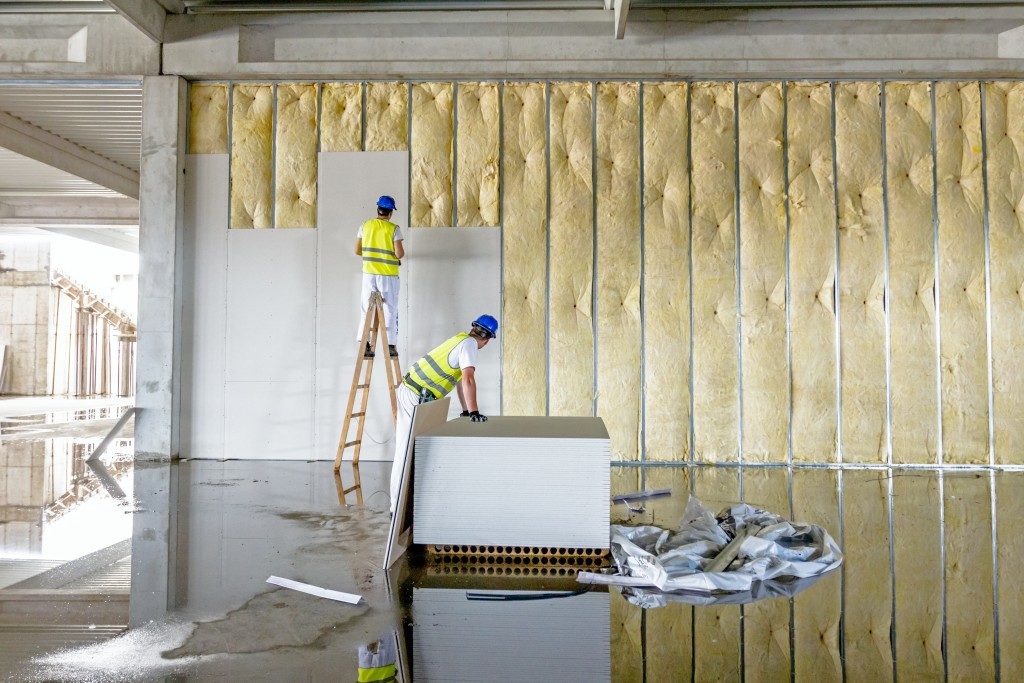Picture this: you have already shopped for a plasterboard cutting tool, researched enough for everything DIY, and still, you remain perplexed by the type of plasterboard you are going to use for your big project. There are a number of plasterboard types that you can choose from.
Finding the best fit depends on your requirements, say, color and purpose. You may want something bright and water resistant. Or maybe a trendy color but perfect for reducing sound. To help you find the right plasterboard, read below.
Wallboard
The most general of all plasterboards, the wallboard is best for nearly all purposes. It specifically serves as a wall, but it can still help reduce sound, maintain the strength of the wall, or insulate the area from fire. You can have the board’s thickness fixed to double thickness to provide the best resistance.
Acoustic Plasterboard
Compared to other plasterboard types, this type has a denser core, effectively insulating sound or cutting down noise transmission (e.g., speech and music). It is best for buildings with thin walls and ceilings, i.e., flats. Acoustic plasterboard can be used alongside other soundproofing materials like mineral wool.
Fire Board
Sound reduction and fire insulation are already a given to plasterboards. But a fire board takes that to another level, particularly the latter feature.
Common plasterboard contain gypsum in its core, which has crystals of a small amount of water. But a fire board adds glass fiber plus other additives to increase fire protection capabilities.
Vapor Check Plasterboard
This type of plasterboard contains a thin metallic film on its reverse to stop vapor from getting through. Vapor condenses when they pass through any surface that is colder than the surrounding environment. This plasterboard is best for keeping a building warm and insulated.
Water-Resistant Board
Water-Resistant plasterboard has water repellent features, which work best for base tiling wet areas. They normally come with a green front and are not plastered. Water resistant boards operate well in very humid areas. The gypsum plasters are able to absorb all moisture quickly.
Impact Plasterboard
 While the common plasterboard is fire- and sound-proof, impact plasterboard adds a new feature that is unique. They are built to withstand impacts. Such boards are made of a very dense core that can handle shocks from day to day activities at home or at work.
While the common plasterboard is fire- and sound-proof, impact plasterboard adds a new feature that is unique. They are built to withstand impacts. Such boards are made of a very dense core that can handle shocks from day to day activities at home or at work.
4-in-1 Plasterboard
The 4-in-1 plasterboard is a newly designed plasterboard type. These boards take in all four major features of plasterboard. They are wallboard, a waterproof board, a fire-resistant board, and an impact resistant board in one.
Plasterboards come mostly in 1,200 mm wide sheets although some widths are designed for some specific systems. They also come in a tapered edge, or square edge, wherein tapered ones are best for joining while square ones are best for textured finishes.
Plasterboards are very versatile and can be used in many environments. But it must be noted that you must not utilize them in environments that are always wet. However, there are now types that are made for the kitchen and bathroom areas.




